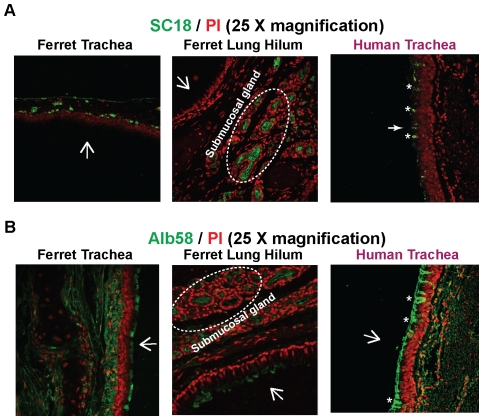Figure 4. Glycan receptor distribution for human-adapted influenza A virus HA.
Recombinant SC18 (H1) HA and Alb58 (H2) HA expressed in insect cells were used to stain ferret cranial, caudal and lung hilar regions at a concentration of 20 µg/ml. A, SC18 HA stained only the submucosal glands in all the three regions of ferret respiratory tract. This is in contrast to human trachea where goblet cells (marked as *) were stained by SC18 HA. This restricted binding pattern of SC18 HA can be attributed to its stringent binding specificity to long α2–6 linked (6′SLNLN) glycans. B, Alb58 HA stained the submucosal glands, the underlying mucosa and some goblet cells (in the caudal region) similar to SNA-I. This staining pattern is similar to that in human trachea wherein all the goblet cells (marked as *), submucosal glands and the glycocalyx are stained with Alb58HA. The significant goblet cell staining of Alb58 HA of human trachea as compared to ferret respiratory tract is in accordance with predominant expression of O-linked α2–6 sialic acid in human tracheal goblet cells as compared to that in ferret respiratory tract ( Figure 3 ). The nuclei were stained with PI (red). The apical surface is marked with a white arrow.

